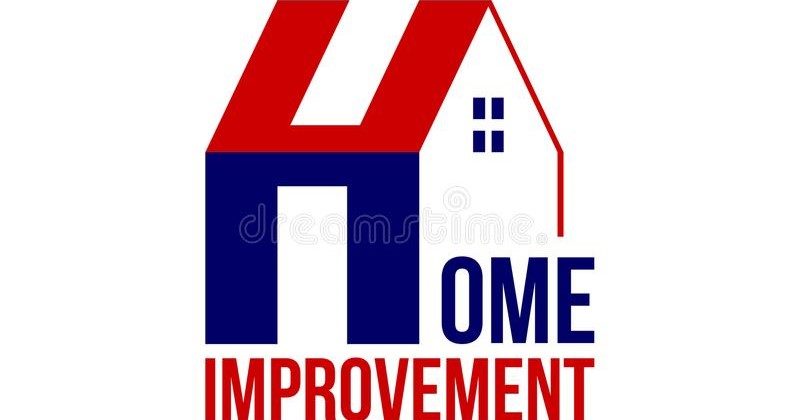
Introduction
In the quiet corners of our neighborhoods, a vital hero works tirelessly to protect us from the horrors of sewer nightmares – the lift station. In this comprehensive blog, we embark on a fascinating journey into the world of lift pump, unraveling their intricate mechanisms and exploring their indispensable role in safeguarding neighborhoods from sewage troubles. This exploration delves deep into answering questions like “What is a lift station?” and examining the crucial function of a lift station pump. By the end, you’ll have a newfound appreciation for these unsung champions that ensure our communities thrive amidst the challenges of wastewater management.
Understanding Sewer Nightmares
In the heart of neighborhoods, lurking beneath the streets, sewer issues can evolve into nightmarish scenarios. Imagine the chaos caused by messy backups and unsightly overflows – consequences that are as dire as they sound. These nightmares often emerge when heavy rainfall mercilessly overwhelms the sewage systems, or when outdated infrastructure valiantly tries to keep pace with modern demands. It’s in these moments that the spotlight falls on the unsung hero: the sewer lift station or sewage lift station, a lifeline that can rescue neighborhoods from the clutches of these sewage nightmares.
The Lifesaver: Lift Station Explained
A lift station emerges as the unsung champion, leading the charge against the haunting specter of sewer nightmares. But what precisely is this hero? Imagine a robust system meticulously crafted to elevate sewage from lower points to higher ones, ensuring the continuous flow of wastewater. Essentially, it acts as a reliable elevator tailored for sewage’s journey. This hero doesn’t discriminate; it’s equally at home in residential settings as well as plumbing scenarios, standing steadfast to protect neighborhoods from the abyss of sewage-related woes.
Benefits of a Lift Station for Neighborhoods
1. Preventing Backups and Overflows
Lift stations are like vigilant guardians, preventing sewage backups and overflows. They maintain a consistent flow, even during peak usage or when the weather takes a turn for the worse.
2. Minimizing Environmental Contamination
When sewers go awry, environmental contamination can follow. Lift stations play a crucial role in minimizing this risk, and keeping our surroundings clean and safe.
3. Enhancing Neighborhood Health and Hygiene
Health concerns in neighborhoods can skyrocket when sewage issues arise. A lift station ensures the neighborhood remains a healthy and hygienic haven for residents.
4. Boosting Property Values and Livability
Did you know that sewage problems can affect property values? Lift stations not only protect property values but also enhance the overall livability of a neighborhood, making it a more desirable place to live.
Components and Operation of a Lift Station
1. Pumps and Chambers
Lift station pumps are the heart of the operation, lifting sewage to higher elevations. These pumps are housed in chambers that also accommodate control systems, ensuring everything runs smoothly.
2. Control Systems and Monitoring
Automation and monitoring systems regulate lift station operations with precision. These systems ensure efficiency and allow for swift intervention in case of any issues.
3. Emergency Backup Systems
To weather power outages, lift stations have backup power systems in place. Backup generators ensure that the station keeps functioning even in emergencies, saving the day when it matters most.
Installation and Maintenance
1. Proper Site Selection and Design
Choosing the right location and designing the lift station properly are essential for optimal performance. Strategic decisions at this stage can make all the difference in long-term functionality.
2. Routine Maintenance and Inspections
Just like any hero, lift stations need regular maintenance. Scheduled inspections and timely addressing of minor issues ensure that the lift station remains in top shape.
Future of Neighborhood Sewage Management
The world of lift stations is far from stagnant; it’s in the midst of a technological revolution. As innovations continue to unfold, these vital systems are evolving to become even more efficient and effective in their role. With each advancement, the realm of neighborhood sewage management is poised to witness a transformation like never before. From commercial lift stations catering to bustling business districts to septic lift stations in rural areas, the future holds exciting possibilities. As technology paves the way for smarter, more sustainable solutions, lift stations are at the forefront of shaping healthier, cleaner, and more livable neighborhoods.
Wrap Up
In the heart of our neighborhoods, lift stations stand as silent protectors, guarding us from the nightmares that sewage troubles can bring. From preventing backups and overflows to enhancing property values, these systems are unsung heroes that deserve our recognition. Specifically designed for residential areas, the residential sewer lift station ensures that the tranquility of our neighborhoods remains uninterrupted by sewage issues. As we navigate the future, lift stations will continue to evolve, ensuring that our neighborhoods remain safe, clean, and thriving, demonstrating the indispensable role of lift station sewer solutions in modern urban living.
FAQs
1. What is the purpose of a lift station in a wastewater collection system?
A lift station, also known as a pumping station, serves a critical role in wastewater collection systems. Its primary purpose is to lift or pump wastewater from lower to higher elevations, overcoming gravity’s natural flow. This is particularly essential in areas where the terrain prevents the wastewater from flowing by gravity alone. Lift stations ensure that wastewater efficiently moves through the sewer system, preventing backups and maintaining the proper flow to treatment facilities.
2. What does a sewage pumping station do?
A sewage pumping station, also referred to as a lift station, is a vital component of wastewater management. Its function is to collect and transport sewage from lower-lying areas to higher elevations, where it can continue its journey through the sewer system. This is crucial in preventing sewage backups, overflows, and the potential for contamination. Sewage pumping stations play a crucial role in maintaining the efficiency and functionality of the entire wastewater collection and treatment process.
3. Is a lift station the same as a sump pump?
While both lift stations and sump pumps are designed to move liquids, they serve different purposes and are used in distinct settings. A lift station primarily handles wastewater and sewage in larger quantities, lifting it to higher elevations for proper disposal or treatment. On the other hand, a sump pump is typically installed in basements or areas prone to flooding to remove excess water, preventing water damage. While both involve pumping liquids, lift stations focus on wastewater management, while sump pumps target water removal and prevention of flooding.
4. What is the lift station process?
The lift station process involves the collection and transportation of wastewater from lower elevations to higher points in a wastewater collection system. Lift stations, also known as pumping stations, are equipped with pumps that lift the wastewater, overcoming the limitations of gravity. The process starts when wastewater accumulates in a lower area. The lift station’s pumps are then activated, pushing the wastewater through pipes to a higher elevation, often toward treatment facilities or main sewer lines. The lift station process ensures a continuous flow of wastewater, preventing backups and maintaining proper system function.
5. What pumps are used for sewage?
Various pumps are used for sewage management, each tailored to specific needs. Some common types of pumps used for sewage include:
– Sewage Ejector Pumps: These are designed to handle solid waste and wastewater from lower areas to the main sewer line.
– Sewage Grinder Pumps: They macerate solid waste, making it easier to transport through pipes.
– Sewage Sump Pumps: Installed in areas prone to flooding, they remove excess water, including sewage.
– Condensate Lift Pumps: These specialized pumps lift condensate from lower points to higher drainage areas in high-efficiency boilers.
– Submersible Sewage Pumps: Immersed in sewage, they are efficient for handling large volumes of wastewater.
Each pump type serves a specific purpose, ensuring efficient and safe sewage management in various settings.


